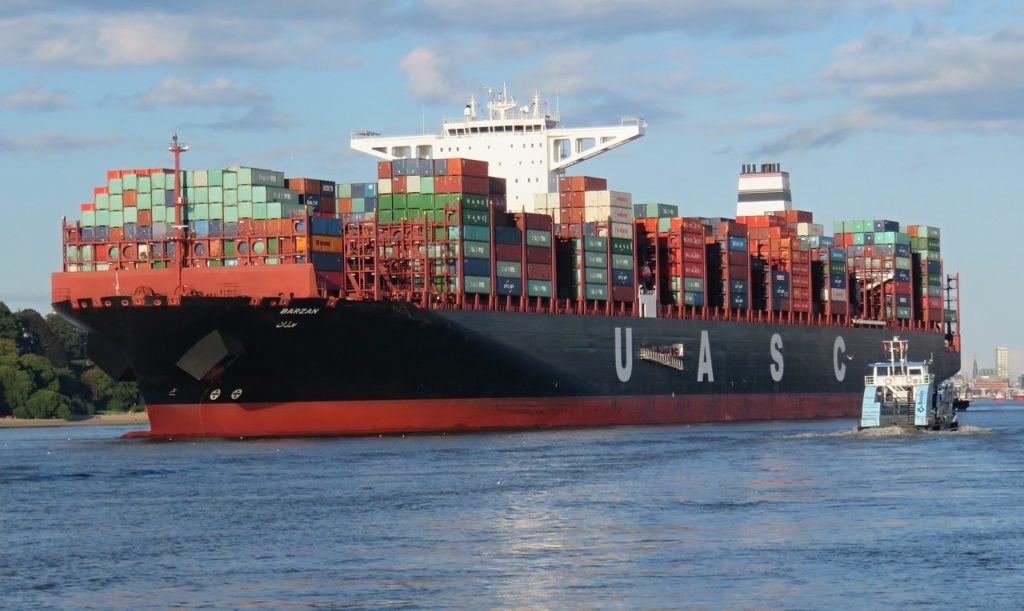Client: Ministerio de Ciencia e Innovación
Dates: 2009-2012
Participants: CENIT, Transyt-UPM, IESE-CIIL
Public-Private-Partnerships (PPPs) are becoming very popular all around the world as a means for the government to introduce the private sector in managing and financing public transport infrastructure. One of the main goals of PPPs is to increase social efficiency through a better allocation of risks and a better definition of incentives among the stakeholders (the government, the concessionaire, the users and the lenders). One of the most traditional means of implementing PPPs is through the toll concession approach. Up to now, most of the toll road concessions granted all around the world have transferred traffic risk to the concessionaire. However, some researchers, on the basis of empirical analysis have concluded that fully allocating traffic risk to the private contractor may entail some unwanted effects. On the one hand, the concessionaire can hardly manage traffic demand, which can lead to an ultimate unfair outcome. On the other hand, the bidders tend to inflate their traffic forecasts to justify aggressive offers in order to win the tender at all cost under the hope that the government will renegotiate in the future.
The main hypothesis of this research is that a better traffic risk allocation among the stakeholders involved in toll road concessions along with a better definition of incentives in the contract, can lead to a more fair and efficient outcome for the society. To conduct this analysis, we will study the causes of inaccuracy in traffic estimations from a double prospective: modeling forecasting errors, and strategic errors committed by the bidders in the tender. Once we have identified the causes of errors and validate them through an empirical analysis, we will design a model that evaluates the ultimate outcome—in terms of social efficiency—of incorporating the right incentives in the contract. Specifically, this model will introduce the mechanisms to share traffic risk among the different stakeholders allowing for traffic uncertainty. The outcome of this research can be very useful for the governments in order to carry out the “value for money” appraisal intending to assess a priori the best way of contracting in order to reach the highest social welfare.










